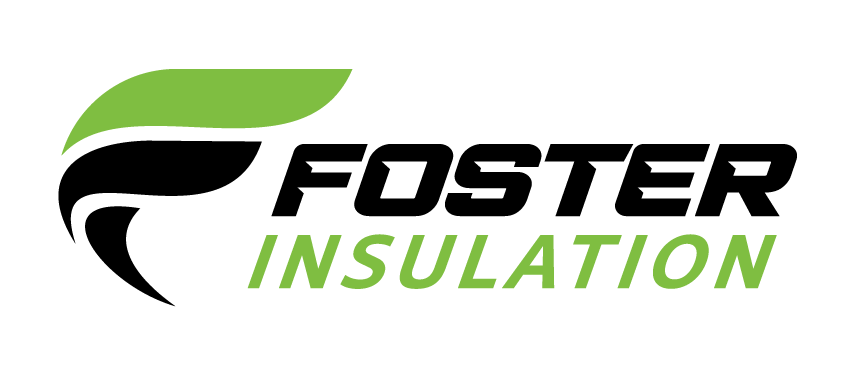Residential insulation is a crucial component of homes designed to regulate indoor temperature and enhance energy efficiency. Its purpose is to create a thermal barrier, preventing heat loss during colder months and heat gain in warmer ones. Commonly used insulation materials in residential buildings include fiberglass, cellulose, and spray foam. These materials work by trapping air pockets, reducing heat transfer, and ensuring a comfortable living environment while reducing energy consumption and utility costs.
Insulation is vital in new homes as it significantly improves energy efficiency, cutting utility costs by minimizing heat loss and gain. It helps maintain comfortable indoor temperatures, ensuring a cozy living space year-round. Additionally, insulation plays a crucial role in soundproofing, reducing noise transmission from outside and between rooms, creating a peaceful and relaxing environment for homeowners.
Common residential insulation types include fiberglass, cellulose, and spray foam. Fiberglass offers affordability, easy installation, but may cause skin irritation without proper protection. Cellulose is eco-friendly, effective in tight spaces, but may be susceptible to moisture. Spray foam provides excellent sealing properties but can require a larger upfront investment than other insulation choices. Each type has unique features, pros, and cons, allowing homeowners to choose the most suitable option for their specific needs and budget.
In new residential construction, insulation is installed during the construction process to ensure efficiency and comfort. Insulation contractors work closely with builders to determine the appropriate insulation type and thickness based on building codes and climate. Once the walls, ceilings, and floors are framed, insulation is placed carefully, following industry standards. Builders and contractors collaborate to seal gaps and ensure a seamless installation, optimizing energy efficiency and creating a cozy living space for future homeowners.
Insulation R-values measure a material’s thermal resistance and its ability to resist heat flow. The higher the R-value, the better the insulation’s performance. R-values are vital in determining the efficiency of insulation in different areas of a home. Colder regions generally require higher R-values to combat extreme temperatures, while milder climates may need lower values. Properly choosing the appropriate R-value ensures optimal energy efficiency, reduced utility costs, and a comfortable indoor environment throughout the year.
Building codes and regulations related to insulation in new homes in both Georgia and Tennessee are governed by their respective state building authorities. Both states typically adopt the International Energy Conservation Code (IECC) as a basis for energy efficiency requirements in residential construction. The IECC outlines specific insulation requirements such as minimum R-values for walls, attics, and floors, ensuring that new homes in these states are energy-efficient, comfortable, and compliant with insulation standards. However, it is essential to check the latest building codes in each state to ensure full compliance during new residential construction.
Yes, insulation can be added to existing homes through a process known as retrofitting. This involves installing insulation in walls, attics, floors, and other areas where it was previously absent or inadequate. Insulation upgrades in older homes offer several benefits such as improved energy efficiency, reduced utility bills, enhanced indoor comfort, and a more sustainable living space. Retrofitting existing homes with insulation is a cost-effective way to upgrade their thermal performance and make them more environmentally friendly.
Insulation significantly impacts energy efficiency and utility bills by reducing heat transfer in a building. Insulation acts as a thermal barrier, preventing heat loss during colder months and heat gain in warmer ones. With proper insulation, less energy is required for heating and cooling resulting in substantial energy savings and reduced utility bills. Homeowners can experience a noticeable decrease in energy consumption translating to long-term cost savings and a more sustainable living environment.
Insulation is eco-friendly due to its role in promoting energy efficiency and reducing greenhouse gas emissions. Sustainable insulation materials, like cellulose made from recycled paper or natural fibers, minimize environmental impact. By conserving energy, sustainable insulation reduces the need for fossil fuels, mitigates carbon footprints, and contributes to a greener, more sustainable future.
The lifespan of insulation in a new home varies depending on the material used. For instance, fiberglass insulation can last up to 100 years, while cellulose typically lasts around 20-30 years. Factors influencing insulation longevity include proper installation, maintenance, exposure to moisture, and physical damage. Regular inspections and addressing any issues promptly can help maintain the effectiveness and durability of insulation, ensuring its optimal performance throughout the home’s lifespan. Insulation may need to be updated to keep up with changing energy codes.
Insulation positively affects indoor air quality. When combined with air sealing, proper installation prevents air leakage and ensures a tight building envelope, reducing indoor air pollution (spray foam accomplishes insulating and air sealing in one step). Adequate ventilation and moisture control work in tandem with insulation to exhaust pollutants and maintain a healthy indoor environment, free from mold and excess humidity. The choice of low-emission insulation materials minimizes harmful VOCs (Volatile Organic Compounds) and contaminants.
Yes, insulation aids in soundproofing by reducing sound transmission between rooms and from external sources. It absorbs and dampens sound waves, minimizing noise transfer. When selecting insulation for soundproofing, materials with high sound absorption properties, like fiberglass or cellulose, are preferred. Ensuring proper installation and filling gaps also enhances soundproofing effectiveness, creating quieter and more comfortable living spaces.
To determine the right amount of insulation for your new home, factors like climate, local building codes, and construction type must be considered. Conducting energy audits or consulting with professionals helps assess insulation needs accurately. Adequate insulation levels based on R-values for walls, attics, and floors ensure optimal energy efficiency, comfort, and compliance with regulations, making your home energy efficient and cost effective. Consult with an insulation professional to determine the right amount of insulation needed.
Yes, insulation plays a critical role in preventing condensation and moisture issues in new homes. Properly installed insulation helps control temperature variations, reducing the risk of condensation forming on cold surfaces. Vapor barriers, when used with insulation, limit moisture migration, preventing condensation within walls. Additionally, effective moisture management strategies, such as proper drainage and ventilation, work in tandem with insulation to minimize moisture buildup, promoting a healthier and mold-free indoor environment.
Proper installation techniques, using low-emission or non-toxic materials, and ensuring good ventilation minimize health concerns, creating a safe and healthy living environment. Certain insulation materials, like fiberglass and spray foam, can release particles or fumes during installation, potentially causing respiratory irritation. Following safety guidelines and using protective equipment during installation is crucial. Additionally, some people may have allergies to specific insulation materials.
To ensure correct insulation installation in your new home, start by researching reputable insulation contractors or builders with positive reviews and experience in the field. Request references and verify their licenses and insurance. Ask for documentation or certifications that demonstrate their expertise in insulation installation. Regularly inspect the installation process to ensure it adheres to industry standards and follow up with any concerns or questions. Properly installed insulation guarantees improved energy efficiency, comfort, and long-term performance in your new home.
No, insulation alone will not make your home too airtight. Insulation slows heat transfer in and out of your home but doesn’t prevent air from passing through small gaps in your walls, windows, and doors or make your home airtight. Air sealing is what closes these gaps to create an airtight home. Insulation and air sealing work in tandem to create the most efficient and comfortable home environment. Spray foam insulation is a popular choice for new homes because it insulates and air seals in one step. But in the pursuit of maximum energy efficiency, a home can be made to be too airtight which can affect its ventilation and indoor air quality. That’s why it’s crucial to strike a balance between air sealing and proper ventilation to maintain a healthy indoor environment. Utilize mechanical ventilation systems like exhaust fans or air exchangers to introduce fresh air while expelling indoor pollutants. Regularly inspect and maintain ventilation systems to ensure a sufficient exchange of air, promoting optimal indoor air quality without compromising energy efficiency.
Yes, insulation can effectively reduce thermal bridging in a new home. Thermal bridging occurs when heat easily transfers through building materials, leading to energy loss and potential condensation. By using insulation materials with high thermal resistance and carefully installing them to cover potential thermal bridges, such as wall studs or framing, heat transfer is minimized, ensuring a more energy-efficient and comfortable living space.
Yes, basic maintenance is essential to ensure insulation’s long-term effectiveness in a new home. Periodically inspect insulation for signs of damage, settling, or moisture intrusion. Address any issues promptly to prevent compromised thermal performance. Keep attics and crawl spaces well-ventilated and free from debris. By maintaining insulation properly, homeowners can preserve energy efficiency, reduce utility bills, and enjoy a comfortable indoor environment for years to come.
Yes, insulation can contribute to fire resistance in a new home, depending on the materials used. Some insulation materials, like mineral wool and certain types of fiberglass, possess inherent fire-resistant properties. Adhering to fire safety codes and regulations, such as using fire-rated materials in critical areas, enhances overall fire resistance. Properly installed fire-resistant insulation can help minimize fire spread and increase the safety of your home and its occupants.
Yes, tax incentives and rebates for installing insulation in new homes are often available in Georgia and Tennessee. Both states offer various financial incentives for energy-efficient home improvements, including insulation upgrades. Homeowners can explore state-specific resources, such as Georgia Power or Tennessee Department of Environment and Conservation, to find information on available tax credits or rebates, making energy-efficient choices more financially attractive. Federal tax credits and rebates may also be available through the Inflation Reduction Act.
Yes, insulation can be installed in unique or challenging areas of a new home, such as sloped ceilings, crawl spaces, or attics. For sloped ceilings, spray foam or rigid foam insulation works well. Crawl spaces benefit from encapsulation or using insulation with moisture resistance. Attics may require different insulation types based on climate. Consulting insulation professionals ensures specialized installation, overcoming challenges and maximizing energy efficiency and comfort in these specific areas.
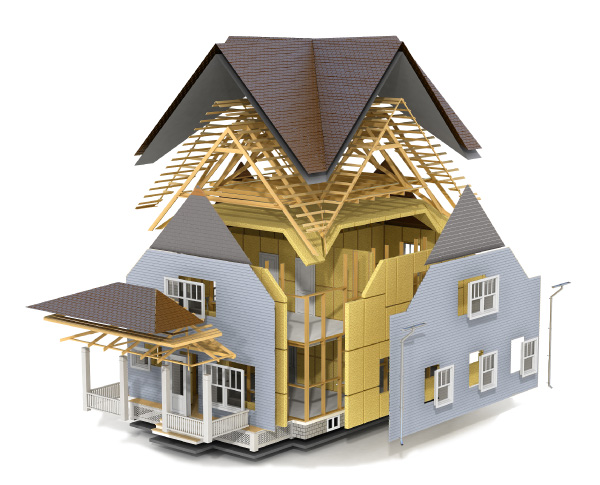
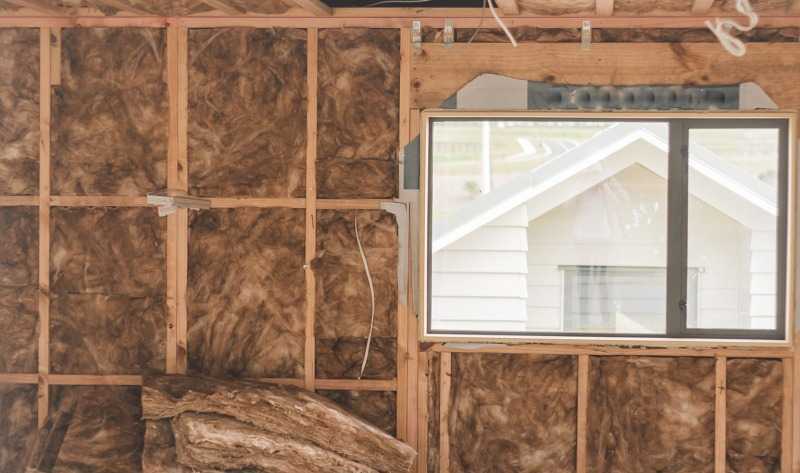
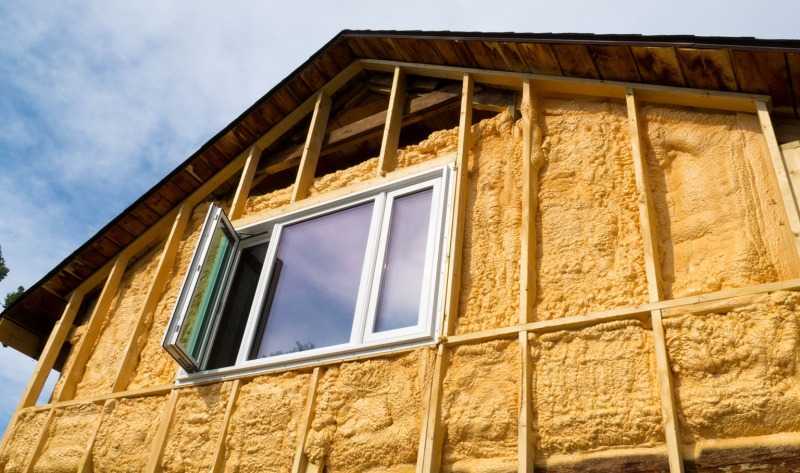

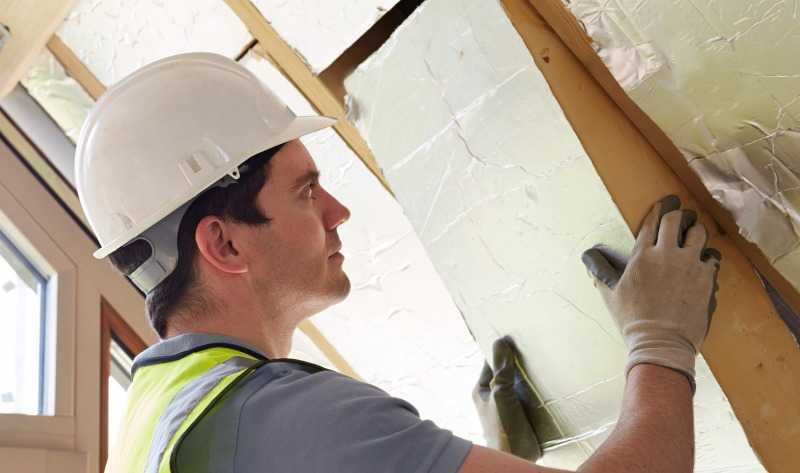
Don’t see your question here?
Don’t hesitate to contact us today to speak with one of our friendly and knowledgeable team members for the answers to all your insulation questions.
